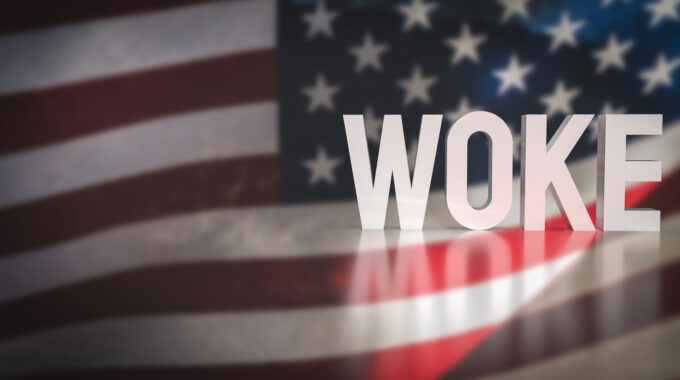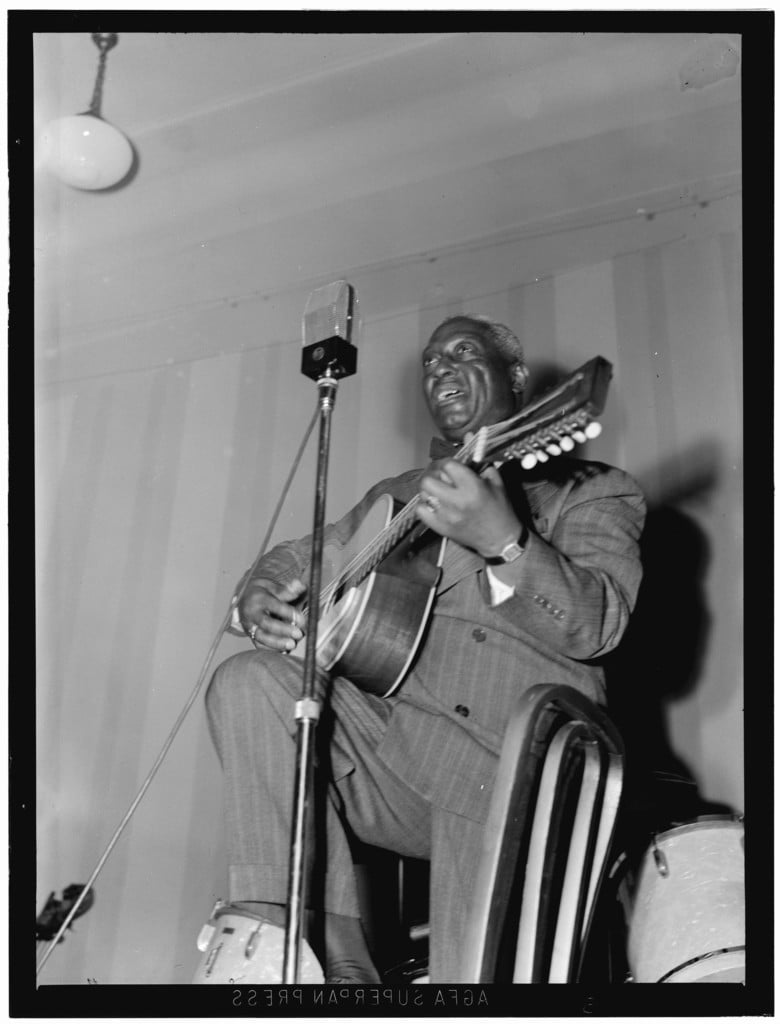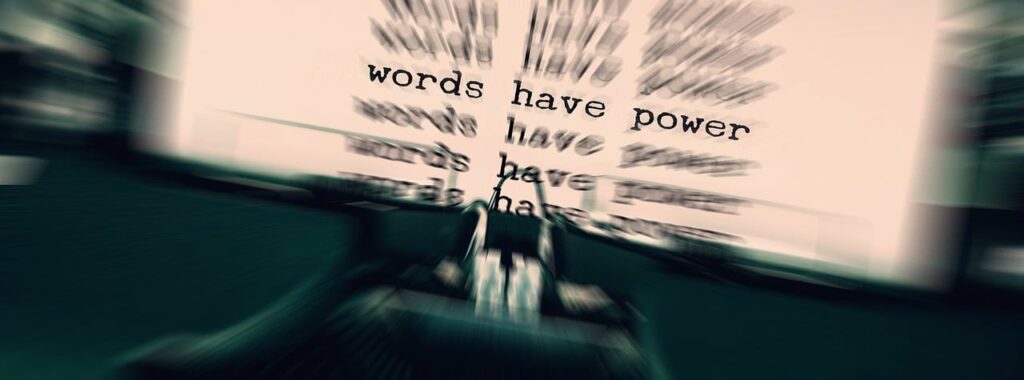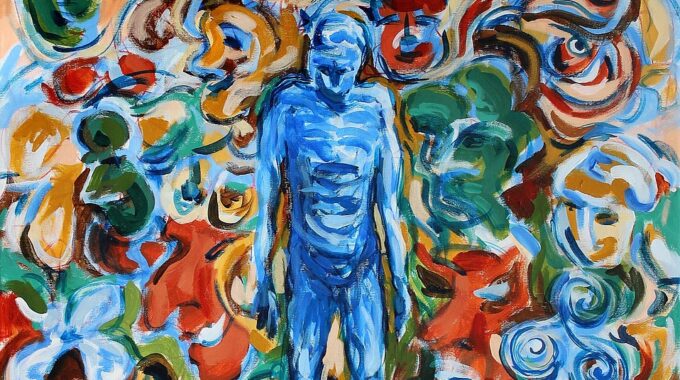Understanding the Impact of Leadership Policies on Mental Health and Neurodiversity in the Workplace In…

Wake Up and Stay Woke!
Diversity, equity and inclusion words matter.
When did the word “woke” become a political lightning rod? The origins of “woke” trace back to Black protest songs from the early 20th century. One notable example is Lead Belly’s 1938 song Scottsboro Boys, inspired by the true story of four Black youths falsely accused of raping a white woman in Alabama. Convicted by an all-white jury, they were eventually released after several appeals.
 Go to Alabama and you better watch out.
Go to Alabama and you better watch out.
The landlord’ll get you,
going to jump and shout.
Scottsboro, Scottsboro boys,
tell you what it’s all about.
I’m going to tell all you colored people…
So I advise everybody,
be a little careful when they go along through Alabama –
stay woke, keep their eyes open.
Originally a call for vigilance in the face of injustice, the word “woke” evolved over time—first as a rallying cry during the Black Lives Matter movement and then as a broader term for social awareness around diversity, equity, inclusion, empathy, and belonging. More recently, however, “woke” has been weaponized as a pejorative, even appearing in Florida legislation like the Stop W.O.K.E. Act. Unfortunately, this law has led to the alleged banning of stories about American icons such as Martin Luther King Jr. from K-12 classrooms.
The Evolution of Language and DEI
This shift in meaning is not unique to “woke.” Language often reflects and reshapes cultural narratives. Words like “gay” and “CRT” (Critical Race Theory) have similarly traveled complex paths, reflecting evolving societal attitudes.
“Gay” transitioned from meaning “happy and lighthearted” to a slur for homosexuals, only to be reclaimed with pride during the Gay Liberation Movement of the 1970s. While sometimes still used as a slur, that use is now widely looked down upon in our greater culture.
CRT (Critical Race Theory), a legal framework developed in the late 1970s and early 1980s to examine systemic racism, was distorted into a buzzword. Despite claims, CRT is not taught in K-12 schools; what’s taught is history—slavery, the Trail of Tears, Jim Crow laws, and other dark periods of our shared history.
The power of language 
The adage “sticks and stones may break my bones, but words can never hurt me” is simply not true.
Words hold power—they can shape attitudes, trigger harm, or perpetuate biases.
At Spectra Diversity, we explore this in our training materials, using language to illuminate how history and bias are woven into our culture. Here are some examples we use to spark dialogue:
- Blacklist: Once referring to blocked entities, the term carries connotations of exclusion and judgment.
- Peanut gallery: Originating in the 19th-century vaudeville era, it referred to segregated seating for Black audiences.
- Grandfather clause: Designed to disenfranchise Black voters post-Civil War, it exempted white voters from restrictive requirements.
- Rule of thumb: Incorrectly attributed to a 17th-century judge, it supposedly permitted spousal abuse with a stick no thicker than one’s thumb.
Understanding the origins of these terms encourages deeper reflection on how language perpetuates systems of power and exclusion.
DEI: More Than an Acronym
Diversity, equity, and inclusion (DEI) are not buzzwords. They represent core principles essential to creating fair and welcoming workplaces. Paolo Gaudiano, in his book “Measuring Inclusion”, offers concise definitions:

Inclusion is what you do.
Equity is what you want.
Diversity is what you get.
Diversity, equity and inclusion (DEI) is about being alert to and concerned about social injustice and discrimination.
These principles aren’t abstract ideals—they are measurable and actionable. DEI didn’t sink Silicon Valley Bank or cause the collapse of a bridge. A person of color is not a “DEI hire” that holds no talent or value (which is what that phrase insultingly implies). DEI efforts simply ensure fair opportunities and representation, fostering environments where everyone can thrive.
Inclusion is good for business
Skepticism about diversity, equity, and inclusion (DEI) often stems from misconceptions about its purpose or effectiveness. Some of this skepticism is intentionally fueled by those who benefit from undermining DEI efforts. Political figures, businesses resistant to accountability, and media outlets seeking to exploit outrage often weaponize terms like “woke” to distract from systemic inequities and rally their audiences around divisive narratives.
But why? Attacking DEI protects the status quo. It serves those who fear change, resist accountability, or profit from division. By sowing doubt about DEI, these groups obscure its true value: creating fair opportunities, reducing workplace inequities, and building thriving businesses.
Here’s the truth: DEI isn’t about meeting quotas or forcing conformity. It’s about fostering innovation, driving performance, and ensuring fair treatment for all employees. And we can back that up, with data.
Diversity Spurs Innovation and Creativity
Studies by McKinsey & Company have shown that diverse teams are more innovative and outperform their less diverse peers. When people from different backgrounds collaborate, they bring unique perspectives and solve problems in ways that homogeneous teams often cannot.
Inclusion Increases Employee Retention
Inclusion makes employees feel valued and respected, reducing turnover—a costly issue for many organizations. Employees who believe their workplace is equitable and inclusive are more engaged and committed to their work.
DEI Improves Market Reach
Companies that prioritize diversity are better positioned to understand and connect with a broader range of customers. In a globalized economy, this means increased customer loyalty and growth.
Younger generations who have been raised with the concepts of diversity and inclusion expect inclusive workplaces, and outperform their peers when it comes to the kinds of skills employers want.
Diversity Boosts Financial Performance
The numbers don’t lie. Research consistently shows that companies with diverse leadership teams achieve higher profitability. A 2019 report from Boston Consulting Group found that organizations with above-average diversity on management teams had 19% higher revenue from innovation.
Building Trust is Risk Mitigation
Inclusive workplaces reduce the likelihood of discrimination claims, workplace conflict, and PR crises. By creating policies that prioritize equity, businesses protect their reputations and maintain trust with employees and stakeholders.
DEI is a Strategic Advantage
DEI isn’t a burden and it’s not a dirty word—it’s a strategic advantage. It empowers organizations to tap into the full potential of their workforce, retain top talent, and create environments where creativity and collaboration thrive.
For skeptics, the question isn’t “Why should we prioritize DEI?” but rather, “Can we afford not to?” In today’s competitive business landscape, inclusion is no longer optional; it’s essential for success.
Data-driven approaches to DEI, like the tools offered by Spectra Diversity, enable organizations to make measurable progress in building the kind of workplace talented people want to work.
Language matters. It shapes how we see the world—and how we work to change it. Wake up. Be woke. Together, we can build workplaces rooted in fairness, empathy, and belonging.



